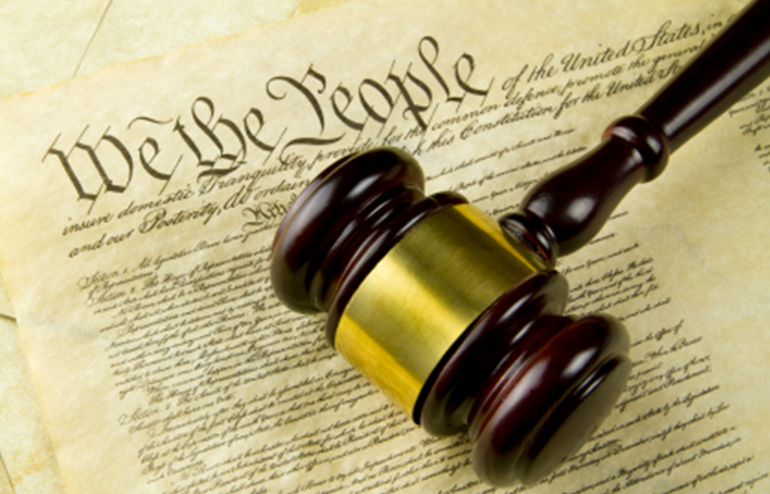What to study in the Indian Constitution?
Constitution as a subject is very vast and it is very difficult for a student to decide what to study and what not to. In this blog, I will pick few basic topics which are important for CLAT, AILET, SET and other law entrances.
Salient features of the Indian Constitution:-
- Lengthiest Written Constitution- It consist of a Preamble, 465 Articles divided into 25 parts and 12 Schedules.
- Drawn from various sources- The Fundamental Rights – American Constitution,
DPSP – Irish Constitution,
Parliamentary Government- British Constitution
Independence of Judiciary- US Constitution
Concurrent List- Australian Constitution
Fundamental Duties- Russia
Procedure Established by Law- Japanese Constitution
- Federal in form and Unitary in Spirit
- Single Citizenship
- Parliamentary form of Government
- Integrated and Independent Judiciary
Preamble of the Constitution
- It is based on the ‘Objective Resolution’, drafted by Pandit Nehru and adopted by the Constituent Assembly.
- It states that the constitution was adopted on 26th November 1949.
- The preamble states that the constitution derives its authority from the people of India.
- Amended by 42nd Constitutional Amendment Act, 1976, which added three new words- Socialist, Secular and Integrity
- The Preamble specifies Justice, Liberty, Equality and Fraternity as the objective of the Constitution
- In Kesavananda Bharti Case, the Supreme Court held that Preamble is the part of the Constitution
- Preamble can be amended, provided that it does not alter the ‘basic features of the Preamble’.
Fundamental Rights
- Enshrined in Part III of the Constitution, from Article 12-35
- Magna Carta of India
- There are 6 Fundamental Rights-
- Right to equality (Article 14-18)
- Right to freedom (Article 19-22)
- Right against exploitation (Article 23-24)
- Right to freedom of religion (Article 25-28)
- Cultural and educational rights (Article 29-30)
- Right to constitutional remedies (Article 32)
- Right to Property- deleted by 44th Constitutional Amendment and now a legal right under Article 300-A
- Fundamental rights are not absolute and is subject to reasonable restrictions.
- Except Article 20 and 21, all the fundamental rights remains suspended during national emergency.
- Fundamental rights are justiciable, which means in case of violation of fundamental rights, a person can move to the court for their enforcement under Article 32 of the Constitution.
Directive Principles of State Policy
- Part IV of the Constitution, from Article 36-51
- Borrowed from Irish Constitution
- The DPSP along with the fundamental rights contain the philosophy and soul of the constitution.
- Although DPSP is non-justiciable, the state should apply these principles in making laws, because these principles are fundamental in the governance of the country.
Fundamental Duties
- Part IV-A of the Constitution (Article 51-A), specifies the 11 fundamental duties.
- Added by the 42nd Constitutional Amendment 1976, on the recommendation of Swaran Singh Committee report.
- The Fundamental duties remind the citizen of their duties toward the country.
- It is also non-justiciable in nature.
Supreme Court of India
- Hierarchy of Courts- Supreme Court of India
- The Supreme Court of India was inaugurated on January 28, 1950.
- Article 124- 147, deals with organization, independence, jurisdiction, powers, procedures of the Supreme Court of India.
- Including the CJI, the number of Judges in the SC is 31.
- The appointment of judges is done through the collegium system, which include Chief Justice of India and four senior most judges of the Supreme Court of India.
- The seat of the Supreme Court is in Delhi, but also authorises the CJI to appoint other place or places as seat of the Supreme Court, with the approval of the President.
- The Supreme Court of India has following Jurisdictions-
- Original Jurisdiction
- Appellate Jurisdiction
- Advisory Jurisdiction
- Writ Jurisdiction
- Supreme Court is the Court of record.
- The Supreme court has the power of judicial review, to examine the constitutionality of legislative and executive orders of the government.
The next blog will cover other important topics like Parliament, Election Commission, Emergency, Amendment, High Court , etc.
Stay tuned for the next blog.
Happy CLATting
Yours truly
Amicus























































Thanks a lot…..for important topics….
thankyou………………its actually required for rivision purpose……….thanks alot ……….waiting for the next blog………..
thanku……………………….sir
Tnkuu..pls share some tips and tricks for cracking clat in 2 months
thank-you so Mach sir….